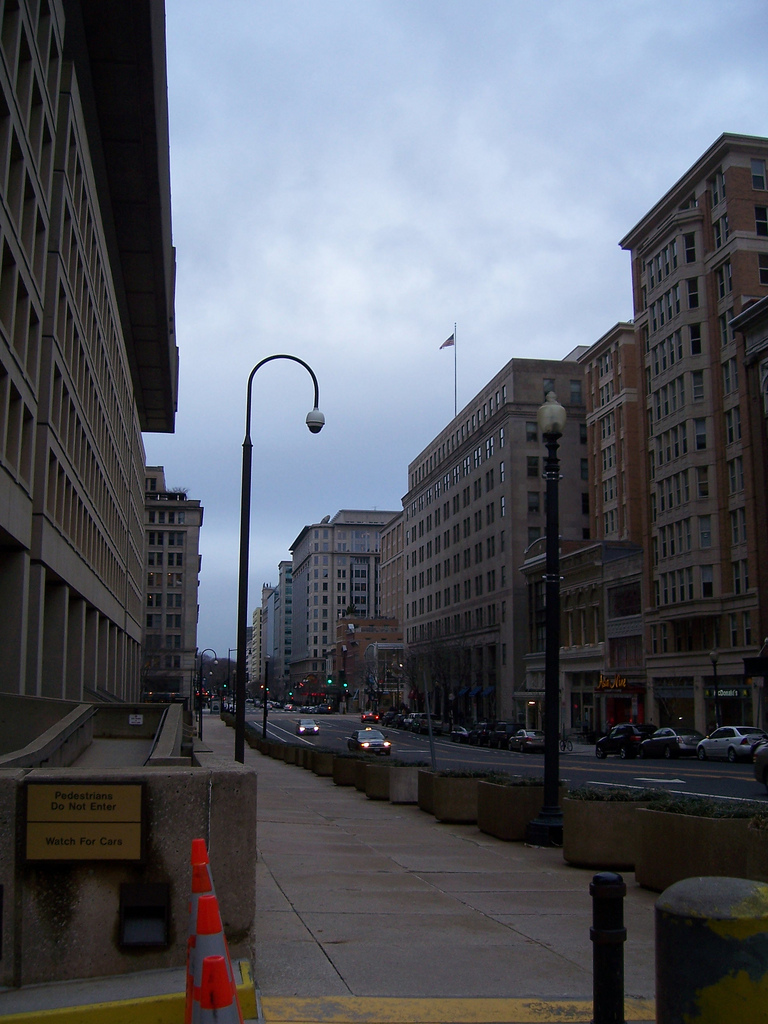The nations capital is a hub of diversity filled with hustle and bustle and all walks of life, but at most intersections, you’ll probably encounter a homeless person.
What makes the difference are programs like Miriam’ s Kitchen, a soup kitchen that serves the homeless located in the Foggy Bottom neighborhood, near the George Washington University campus. Many of Miriam programs, from meals to case management, that are offered quietly inside the church basement that the nonprofit calls home.
But on Friday March 15, Miriam’s guests, volunteers, staff, and community partners headed to Freedom Plaza on Pennsylvania Ave to mount a traffic-stopping display 540 cardboard homes made by people who are homeless. The exhibit was aimed at visually exemplifying the critical need for affordable housing in solving the District’s homeless crisis.
City Mayor Vincent Gray recently promised to spend $100 million dollars for affordable housing. Now Miriam’s is asking city officials to invest $13.5 million into housing first programs that offer stable homes to the chronically homeless. Currently there are roughly 2,000 people who are chronically homeless in the city on any given night. Many are struggling with serious mental and physical health problems and remain homeless for years.
Since 2008 the housing first program has successfully contributed to a 19.3 percent decrease in chronic homelessness in Washington.
The District’s Housing First or permanent supportive housing (PSH) program has ended homelessness for 1,596 individuals and families. Beyond helping people move beyond homelessness, studies have shown such programs actually cost less than maintaining homeless people in a cycle of shelters, jails and hospitals. They cost about $60 dollars a day, compared with $905 for a trip to the emergency room and $1,940 a day for an inpatient hospital stay.
Testimonies offered at Freedom Plaza on March 15 attested to the effectiveness of supportive housing. Housing first resident John McDermott said the housing first program “saved my life.” Carolyn Darley, another housing first resident, observed “sometimes life throws you a wallup that you are not used to and that is where innovation comes in. “
Darley, who said she was once a nurse, described how her physical and mental conditions led to her being homeless. She spoke of waiting ten years on the housing list until she applied for housing first. Then, with great excitement and humility, she recounted her reaction to learning the news that she had been accepted into the permanent supportive housing program and was no longer homeless.
In addition to mounting the display of cardboard homes, a small delegation of advocates went into the city’s Wilson Building to deliver postcards urging the Mayor and city council to invest in Housing First. The group made its way to the second floor to the deputy mayor’s office to deliver the postcards, where a showdown ensued. . After a few minutes the delegation left peacefully. Without programs like Housing First it would be tough to determine just what Washington would look like. Hopefully the city’s elected officials will listen and respond to the cries of the impoverished.




